12 Women who have made science progress.
On February 11, the United Nations celebrates the International Day of Women and Girls in Science. When we think of relevant scientists, most of the names that first come to mind are from men, this is partly because throughout history education opportunities have been obstructed for girls and women but also to that although there have been very important scientists it is not usually given so much notoriety in the news and in history.
Today I want to give you a count of 12 women who have made science progress:
- 1. Hypatia of Alexandria (370 - 350 BC), was a Greek philosopher born in Egypt. She was the first mathematician woman to have a record, she also invented an apparatus to measure the density of liquids and improved the astrolabe an instrument to calculate the position of the stars. She was a teacher in the year 415 when Christianity began to gather strength, was killed by religious fanatics.
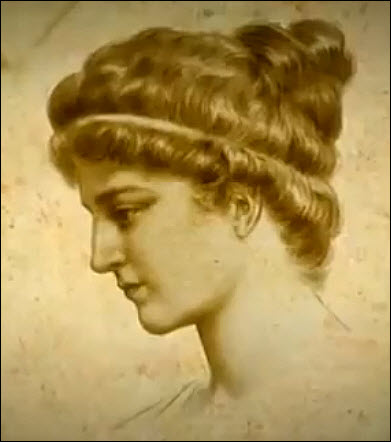
- 2. Ada Lovelace (1815), early nineteenth century Charles Babbage had designed the first computer called "Analytical Machine" but never built it caught the attention of the brilliant mathematician Ada Lovelace who collaborated with him and came to write the first program of calculation. Lovelace also glimpsed the future realized that the descendants of the analytical machine could be used not only to perform arithmetic operations but also for the most diverse tasks such as composing music.
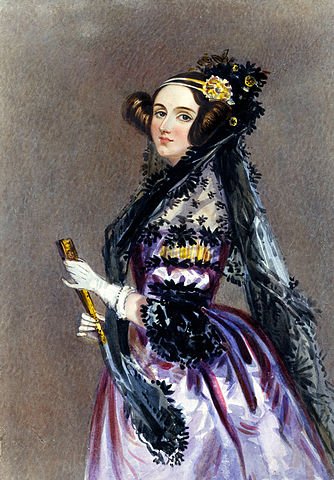
- 3. Marie Curie (1867), her name Maria Salomea Skeodowska-Curie. In the late nineteenth century Becquerel and Röntgen had discovered that certain minerals such as uranium could emit mysterious rays without the need for energy sources, a young Polish woman decided to investigate the mystery, so Marie Curie discovered that the energy did not come from the interaction of molecules but of the atoms themselves called this phenomenon Radioactivity and gave the hint that atoms are not indivisible then. He also discovered new elements: radio (Ra) and polonium (Po), he was the first person to win 2 different Nobel prizes: Physics and Chemistry.
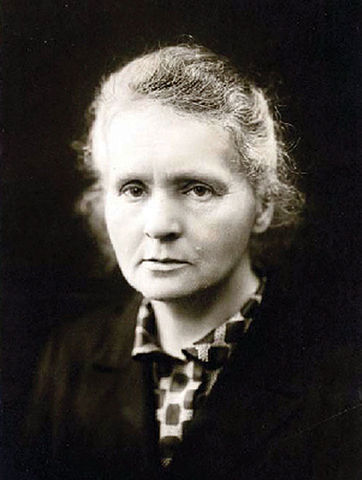
- 4. Emmy Noether (1882), the theory of general relativity seemed to violate the law of conservation of energy, however Emmy Noether created Noether's theorem that solved the dilemma not only for relativity but for any system with symmetries, she also made important contributions to algebra with the theory of rings and field theory, Einstein, Aleksandrov and Dieudonné described her as the most important woman in the field of mathematics.

- 5. Maria Telkes (1900), born in Hungary, worked in the United States mainly in the field of solar energy storage. She was a prolific inventor among her designs was a solar apparatus to remove salt from the sea water and make it drinkable, the first system of solar heaters in 1947, she became famous as the queen of the sun.
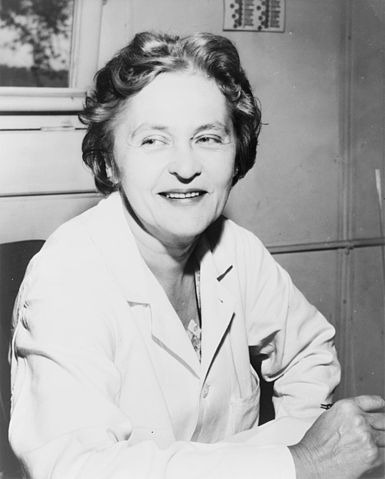
- 6. Cecilia Payne - Gaposchkin (1900), British Astrophysicist, was interested in astronomy since she was a child and although she completed her studies in Cambridge, she did not receive a degree because she was a woman. In his time it was thought that the sun had approximately the same proportions of elements as the earth, but it was she who discovered that the stars had an abundant amount of Helium (He) and Hydrogen (H), then taught at Harvard but paid less for their sex than the men. Finally, she was the first woman to be recognized as a professor in that department at that university.
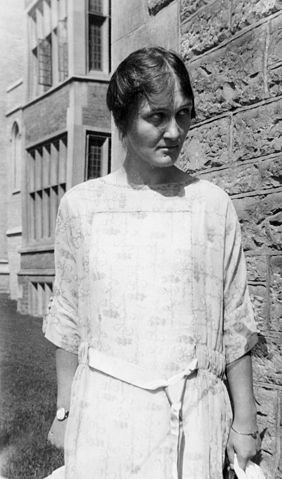_(2).jpg)
- 7. Rachel Carson (1907), was an eminent marine biologist in the 50s, her most important contribution was the book "Silent Spring" of 1962, where she talks about the negative effects of pesticides on the environment. That work led to a movement of consciousness about the environment, one of his achievements was that his effort led to the prohibition of the use of DDT dangerous insecticide.
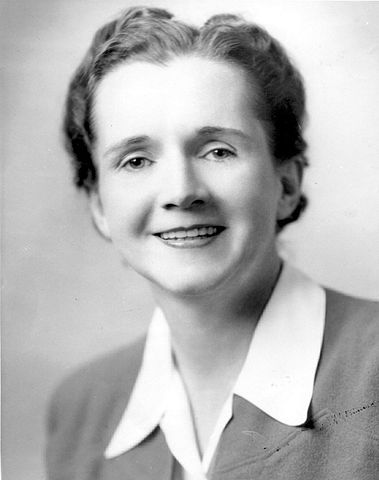
- 8. Rosalind Franklin (1920), chemical study and crystallography. It was the first to use X-ray diffraction images to reveal that DNA is a double helix before it was published by Watson and Crick. He also used this technique to discover the structure of graphite and viruses.

...Now some scientific of today.
- 9. Jane Goodall (1934), she became interested in primates since she was given a stuffed monkey as a child.. Jane Goodall devoted herself to studying the behavior of chimpanzees in Tanzania, there, using more direct observation methods than previous scientists, she discovered that apes use tools, have different personalities and emotions and even described their complex social organization, showed us that They are not so different from humans as we thought. They have made several films of his life and his fight for the environment.
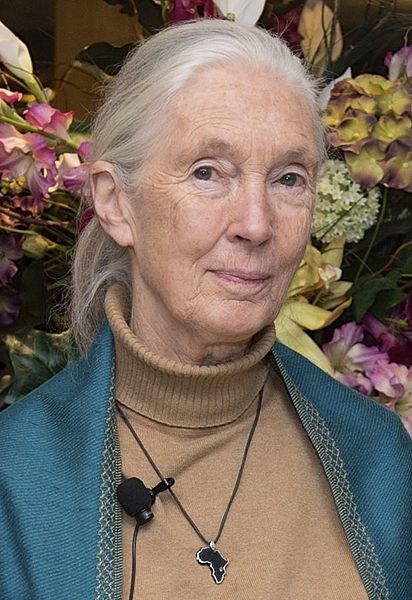
- 10. Sau Lan Wu (1960), a specialist in particle physics, contributed to the discovery of the particle called "J/psi meson" which led to the experimental verification of "Gluon" and "Charm Quark". Currently working at CERN, his team was key in the discovery of the Higgs Boson, called the particle of God.
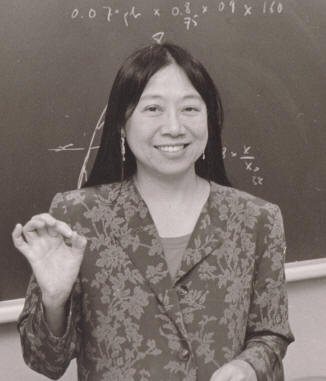
- 11. Jennifer Doudna (1964), is a biochemist who discovered that a type of bacterial DNA called "CRISPR" can be used to literally avoid and repair other DNA sequences, which could prevent many hereditary diseases.
It is rightly considered one of the most relevant discoveries in biology.
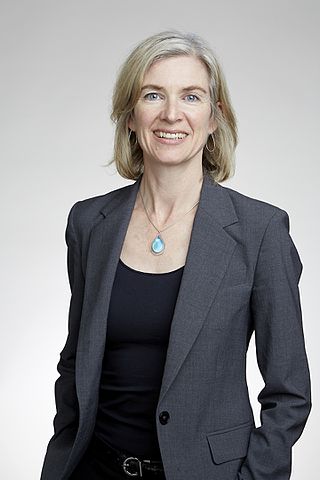
- 12. Tiera Guinn (1995), since she was 6 years old knew that she wanted to devote herself to inventing things and although in 2017 she turned 22 and has just graduated as an aerospace engineer she is already working together with Boeing and NASA to design the space rocket more big the story.
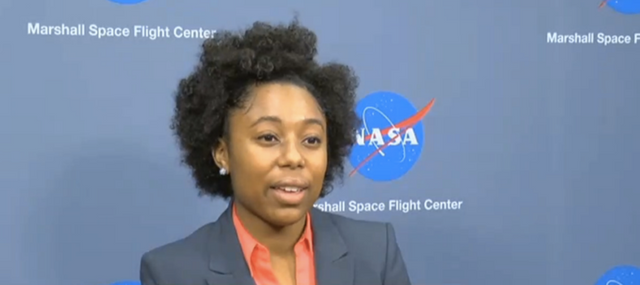
Like them, there are currently many women working in the branches of scientific activity, although they are not as many as men. And you would like to dedicate yourself to science?... Maybe you could be the author of the next great discovery.
If you really liked you can follow me and support me @jlmol7
Take a look at my blog. See you in the next post ...
I think Ada was so important for modern computer world
Madam curie was the special one out of them winning Nobel twice and Rasalind who did not got the Nobel after doing all the work.😭
Cheer👍😄
Yes, it's a shame. Besides that he died very young, ovarian cancer won the battle. Otherwise, it was very likely that he could have won a Nobel prize. @vinamra
😊 yeah most likely
This post has been upvoted for free by @minibot with 5%!
Get better upvotes by bidding on me.